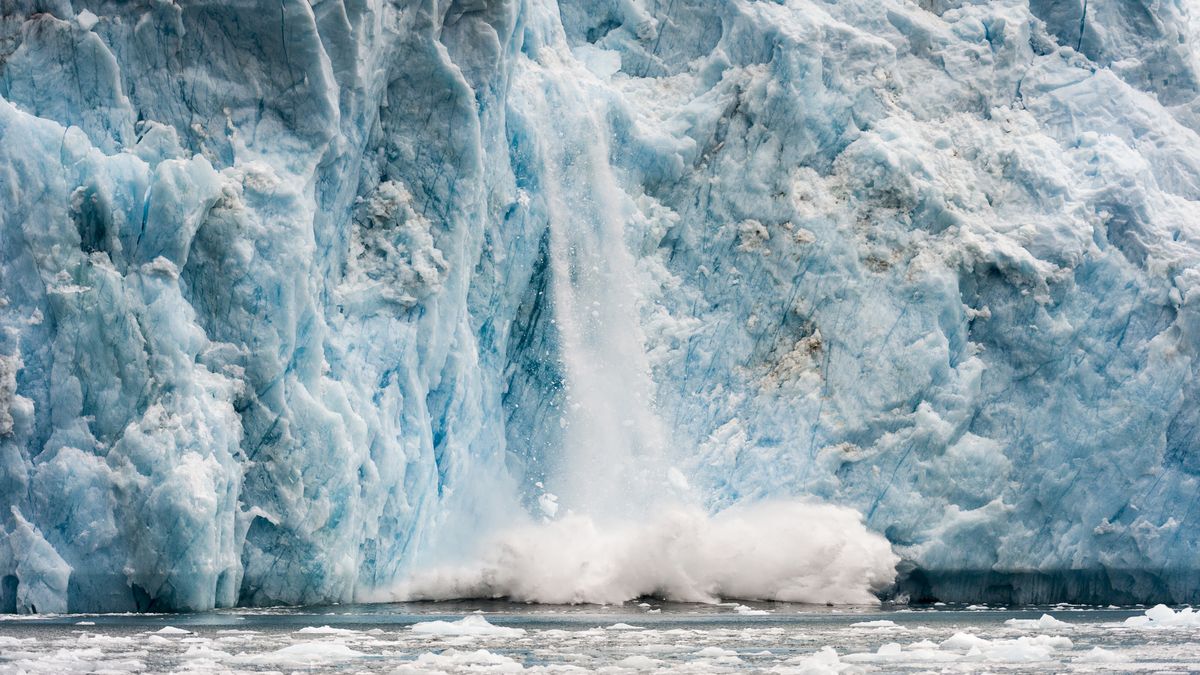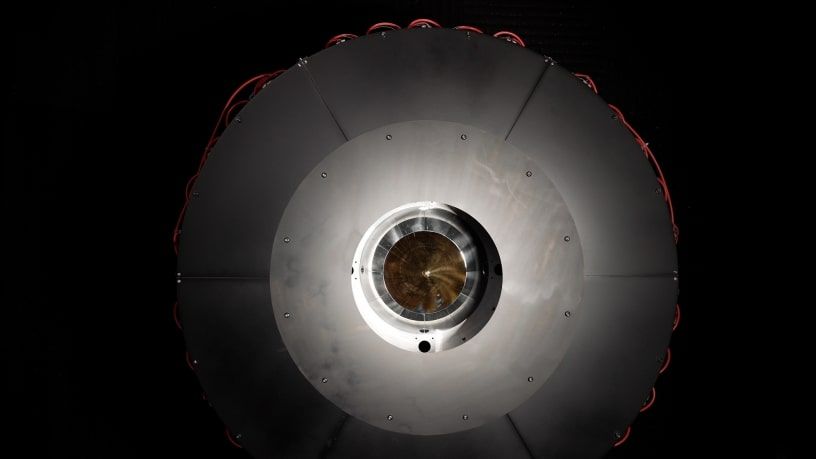Record greenhouse gas emissions could exhaust Earth’s “carbon budget” in as little as three years, dooming the planet to breach the symbolic threshold of 1.5 degrees Celsius (2.6 degrees Fahrenheit) warming.
Global warming of 2 C (3.6 F) is considered an important threshold — warming beyond this greatly increases the likelihood of devastating and irreversible climate breakdown that include extreme heatwaves, droughts and the melting of the Greenland and West Antarctic ice sheets.
Under the 2015 Paris Agreement, nearly 200 countries pledged to limit global temperature rises to ideally 1.5 C and safely below 2 C.
Yet, according to a new assessment by more than 60 of the world’s leading climate scientists, this target is quickly moving out of reach — only 143 billion tons (130 billion metric tons) of carbon dioxide remains before we have likely exceeded the Paris Agreement target, and humanity is already releasing over 46 billion tons (42 billion metric tons) each year. The researchers published their findings June 19 in the journal Earth System Science Data.
“The window to stay within 1.5 C is rapidly closing,” study co-author Joeri Rogelj, a professor of climate science and policy at Imperial College London, said in a statement. “Global warming is already affecting the lives of billions of people around the world. Every small increase in warming matters, leading to more frequent, more intense weather extremes.”
Warnings that the Earth is careening beyond the 1.5 C limit, and the dire consequences that would follow from such a breach, are not new. In 2020, the United Nation’s Intergovernmental Panel on Climate Change (IPCC) estimated Earth’s remaining climate budget to be around 550 billion tons (500 billion metric tons).
Yet with emissions reaching record highs in the years since, and the next IPCC report not due until 2029, the scientists behind the new annual study wanted to fill the gap.
The paper made its assessment by looking at 10 indicators of climate change, including net greenhouse gas emissions, Earth’s energy imbalance, surface temperature changes, sea-level rises, global temperature extremes, and the remaining budget.
The scientists’ analysis makes for alarming reading, with warming occurring at a rate of about 0.49 F (0.27 C) each decade and the world standing at about 2.2 F (1.24 C) above preindustrial averages.
This is causing extra heat to accumulate at more than double the rate seen in the 1970s and 1980s, and Earth is trapping heat 25% faster in this decade than it did in the last. Around 90% of this excess heat is being trapped in the oceans, disrupting marine ecosystems, melting ice and causing sea levels to rise at double the rate they were in the 1990s.
“Since 1900, the global mean sea level has risen by around 228 mm. This seemingly small number is having an outsized impact on low-lying coastal areas, making storm surges more damaging and causing more coastal erosion, posing a threat to humans and coastal ecosystems,” co-author Aimée Slangen, a climatologist at the NIOZ Royal Netherlands Institute for Sea Research, said in the statement. “The concerning part is that we know that sea-level rise in response to climate change is relatively slow, which means that we have already locked in further increases in the coming years and decades.”
The consequences of this warming are likely to hit humanity hard, with one recent study suggesting that yields of key crops such as maize and wheat in the U.S., China and Russia could drop by up to 40% before the end of the century. Another study has suggested an unprecedented global increase in drought severity is already underway, with 30% of Earth’s land area experiencing moderate to extreme drought in 2022.
Nonetheless, the report also stressed that global greenhouse gas emissions will likely peak this decade before decreasing. But for this to happen, we must continue to rapidly adopt wind, solar and other clean energy sources, while drastically reducing carbon emissions, the authors noted.
“Emissions over the next decade will determine how soon and how fast 1.5°C of warming is reached,” Rogelj said. “They need to be swiftly reduced to meet the climate goals of the Paris Agreement.”






















